Vodpod videos no longer available.
| Guru | Shri Guru Ravidass Maharaj Ji |
| Religion | Ravidassia Sikh |
| Holy Book | Amritbani / Shri Guru Granth Sahib |
| Symbol | Har |
| Salutation | Jai Gurudev |
| Pilgrimage | Shri Guru Ravidass Janam Asthan Mandir Seer Goverdhanpur Varanasi (U.P.) India. |
| Objectives | To propagate the Bani and teachings of Satguru Ravidass Ji. The teachings and thought of Maharishi Bhagwan Balmiki Ji, Satguru Namdev Ji, Satguru Kabir Ji, Satguru Trilochan Ji, Satguru Sain Ji and Satguru Sadna Ji would also be propagated. To respect all religions, love the mankind and lead virtuous life. |
Ravidassia (Punjabi: ਰਬਿਦਾਸੀ or ਆਦ ਧਰਮ ) is a tradition[1] based on the teachings of Shri Guru Ravidass Ji, who is considered the Satguru.
Ravidassia tradition itself is not a part of Sikhism but are part of the larger Sikh ethnic group[citation needed], other teachings of Shri Guru Ravidass Ji are part of the holy Sikh scriptures, the Guru Granth Sahib.
In 14th century India, Shri Guru Ravidass Ji, a Dalit by birth, taught spirituality and tried to bring forward the equality message of Guru Nanak Dev based on emancipation from the oppression of the Indian caste system. He was born in an oppressed community known as Chamars, who were considered “untouchable”.
Shri Guru Ravidass Ji attracted the lowest strata of Hindu society according to the caste system.
A member of the Ravidassia sect is called a “Ravidassia”.
The Ravidassi religious symbol is known as the Nishaan, distinct from the Sikh Nishan Sahib. Strictly speaking “Nishaan” means “symbol” and is used in Ravidasi context to mean their mantras passed down by their Sants. There is some discussion going on among some Ravidassias that the symbol should be Sohang or Har.


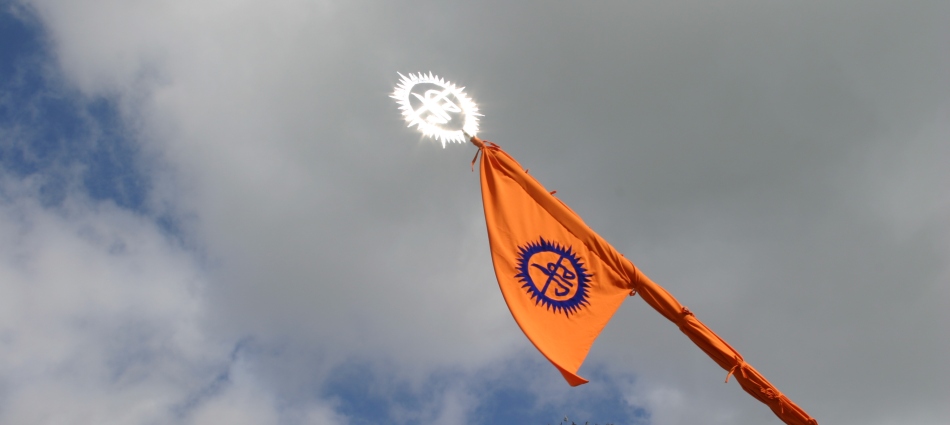
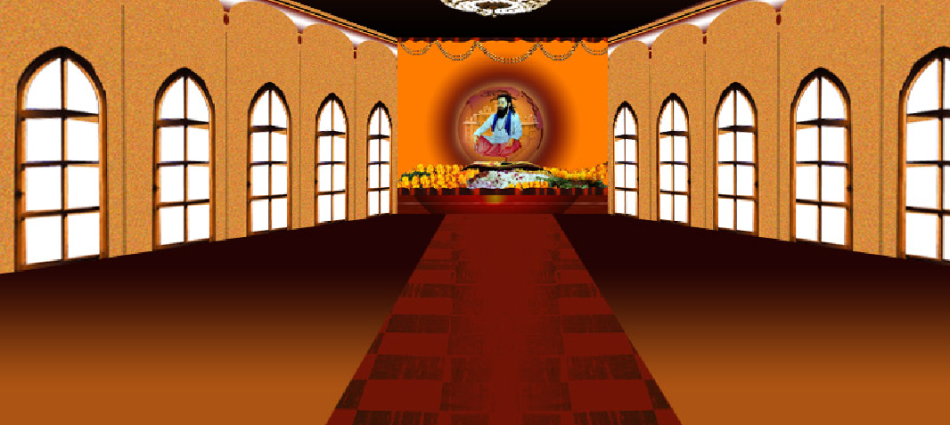

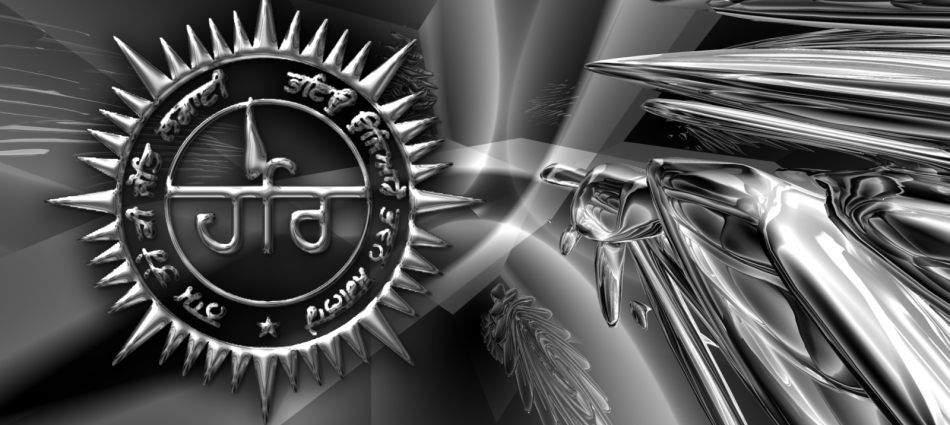
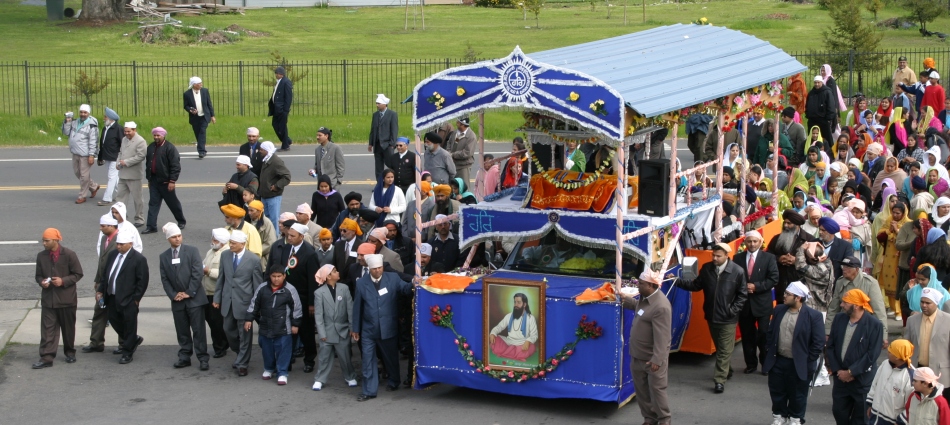
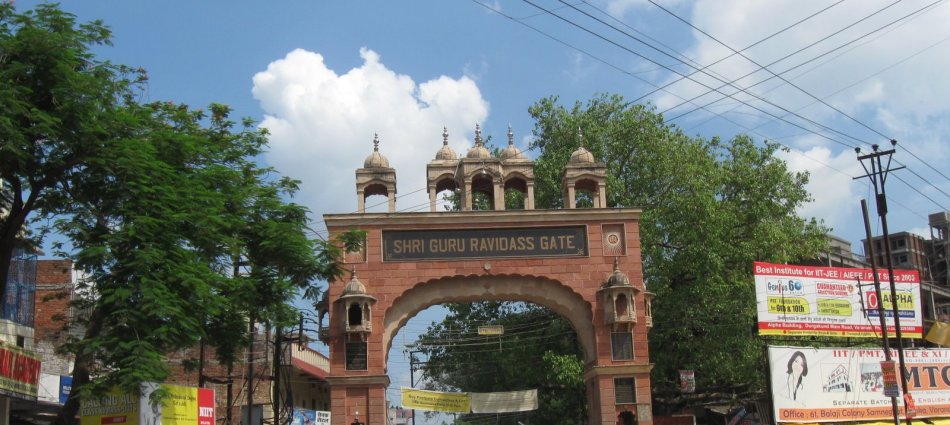

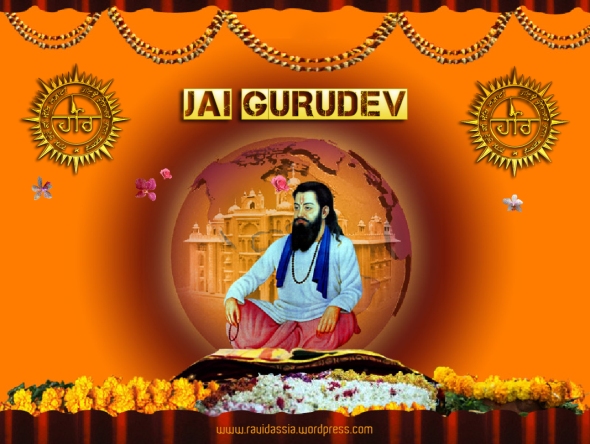
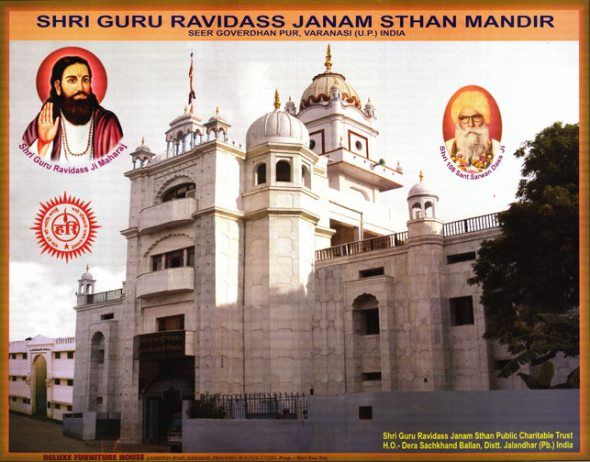
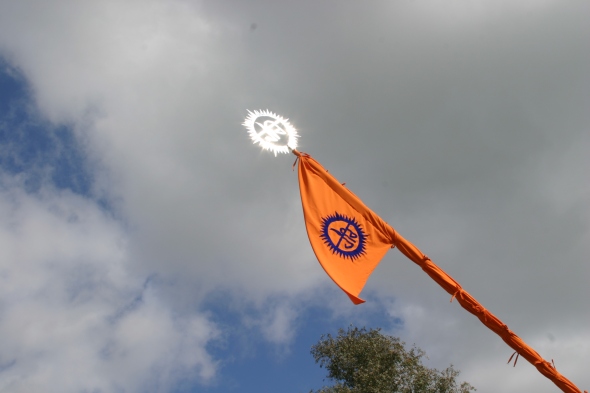
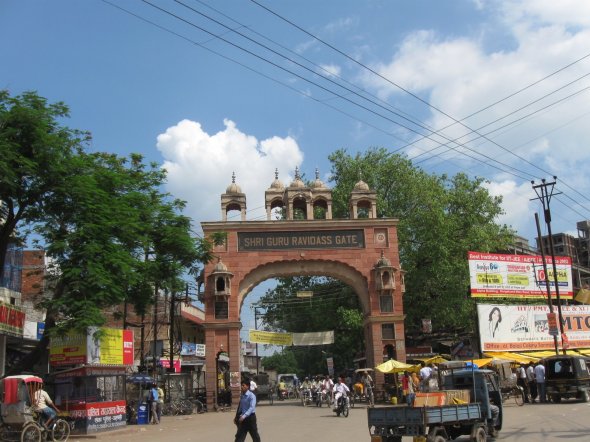



Recent Comments